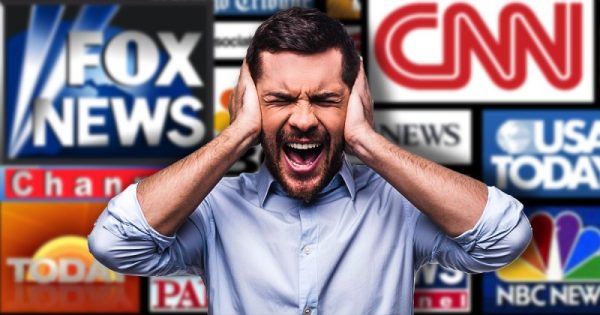
by Bharat N. Anand

Jan 5, 2017
The U.S. media has come under intense scrutiny, with analysts, politicians, and even journalists themselves accusing it of…
The U.S. media has come under intense scrutiny, with analysts, politicians, and even journalists themselves accusing it of bias and sensationalism — of having failed us — in its coverage of the presidential election. Critics across the political spectrum have said that fake news and cyberattacks played a big role in determining the course of events. The prevailing logic has an “if only” tenor: If only the media had been less swayed by shocking stories, if only bias in the media had been purged, and if only fake news had been eliminated and cyberattacks curtailed, the outcome would have been different. The presidential transition has been marked by the same attitude: if onlythe media were less distractible and headlines more accurate.
Thinking that way is tempting, but it misses the mark. The media did exactly what it was designed to do, given the incentives that govern it. It’s not that the media sets out to be sensationalist; its business model leads it in that direction. Charges of bias don’t make the bias real; it often lies in the eye of the beholder. Fake news and cyberattacks are triggers, not causes. The issues that confront us are structural.
To the question, If the media were to cover the election again, with the benefit of hindsight, could we expect anything different? my answer is a sobering no. This is for two reasons: the way news is produced and amplified (the supply side) and the way consumers process news (the demand side).
A caveat is in order. The analysis here is not concerned with which candidate deserved to win or whose message was “better.” It is concerned with examining the media and its coverage, identifying its root causes, and understanding what we should expect going forward.
THE SUPPLY SIDE I: CONNECTEDNESS MATTERS MORE THAN CONTENT OR MONEY
Read More on Flipboard
Read it on hbr.org







